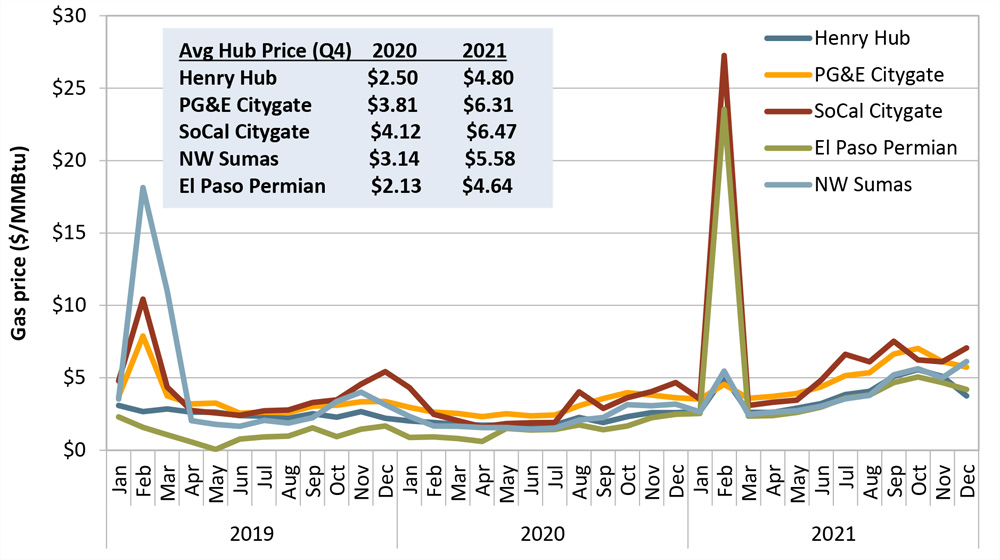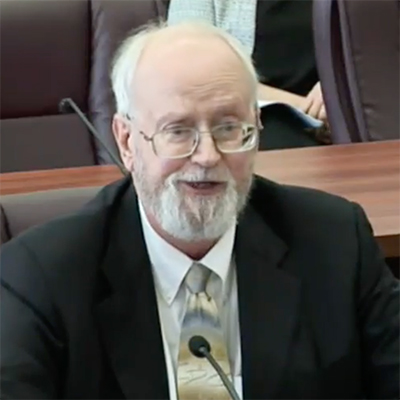FERC approved a slate of settlements between regional entities and utilities for violations of NERC reliability standards last week, including an agreement between WECC and Arizona Public Service (APS) carrying a penalty of $132,000 (NP22-16). Additional settlements between WECC and the Western Area Power Administration’s Rocky Mountain Region and between SERC Reliability and the Tennessee Valley Authority had no monetary penalties.
NERC submitted the settlement with TVA to the commission in a Notice of Penalty on Feb. 28. The APS and WAPA settlements were part of a spreadsheet NOP submitted the same day, along with an NOP detailing a settlement between SERC and Broad River Energy. (See related story, SERC Alleges Years of Noncompliance by Broad River in $435K Settlement.)
FERC indicated in a filing March 30 that it would not review any of the settlements, leaving the penalties intact. The commission also said it would not review two other NOPs involving violations of NERC’s Critical Infrastructure Protection standards, while reserving judgement until April 29 on a third CIP-related settlement (NP22-12, et al.). Details on the three CIP settlements were not made public, in keeping with NERC and FERC’s policy on such violations. (See FERC, NERC to End CIP Violation Disclosures.)
Breakdown Blocks Assessment for APS
WECC’s settlement with APS stems from a violation of TOP-001-4 (Transmission operations), which was in effect from July 1, 2018 to March 31, 2021. APS submitted a self-report of the infringement on July 29, 2019.
Requirement R13 of the standard, in place at the time, required that transmission operators “ensure that a real-time assessment [RTA] is performed at least once every 30 minutes.” APS found that on April 17, 2019, its energy management system (EMS) had lost visibility to some of the data being shared between APS, its reliability coordinator and neighboring entities because of “configuration issues and uncoordinated troubleshooting efforts” in a pair of recently replaced firewalls at APS’ primary control center (PCC).
As a result, the utility’s real-time contingency analysis tool — essential to performing the RTA — was unable to function and the RTA could not be done. The conditions continued until staff restored connectivity to the new firewalls, at which point the EMS regained visibility and the RTA resumed, three hours and 26 minutes after the interruption began.
During the breakdown, APS informed its neighboring entities of the issues and confirmed the loss of the relevant data with the RC. Staff in the PCC monitored the system via reports from field personnel and worked with adjacent balancing authorities to manually manage BA responsibilities.
WECC assessed the violation as a moderate risk because the lack of data from the firewalls meant APS could not perform BA functions, while the inability to perform an RTA meant that bulk power system functionality could have been lost in an emergency. However, the regional entity also noted that the utility was proactive in notifying its neighbors of the problem, and that staff continued managing BA responsibilities as best they could.
APS’ mitigating actions include implementing a formal asset change management process to verify that all newly installed devices are functioning normally, and conducting updated training for all personnel that support the EMS application. WECC considered these steps, as well as APS’ internal compliance program, as mitigating factors in determining the penalty.
WAPA Operator Missed Late-night Warning
The settlement between WECC and WAPA originated with a phase-to-ground fault on a 115-kV transmission line on June 3, 2020, at 2:02 a.m. Because of the fault, a breaker on the line tripped and could not reclose automatically; an alarm was generated through the supervisory control and data acquisition (SCADA) system, but the night shift system operator was “distracted [and] did not recognize the visual and audible alarms for over two hours.”
WECC said this failure to act amounted to a violation of TOP-001-4 requirement R1, mandating that transmission operators “act to maintain the reliability of [their] transmission operator area.”
The operator finally tried to close the breaker via SCADA at 4:17 a.m., though unsuccessfully; after maintenance went to investigate the problem, they found a broken jumper about 3 miles from the terminal where the breaker tripped. During this process a shift change occurred and the night operator left without completing an interruption report and transmission log entry. WAPA did not notify its RC and the affected transmission operator (TOP) of the event until nearly 8 a.m., and the unit was restored to service at 3:30 p.m.
By neglecting to inform the RC and transmission operator in a timely manner, the night shift operator violated requirement R8 of TOP-001-4, WECC said. This requirement specifies that RCs and TOPs be informed of “operations that … could result in an emergency.” In addition, the failure to file a 30-minute forced outage notification with the RC infringed on IRO-017-1 (Outage coordination), which requires TOPs and BAs to “perform the functions specified in [their RC’s] outage coordination process.”
WECC did not assess a monetary penalty for WAPA’s violation, citing a D.C. Circuit Court of Appeals ruling that FERC and NERC cannot impose such penalties against federal government entities. The RE did note WAPA’s mitigating actions, including updating internal procedures for restoring 115-kV lines and emergency line restoration, event reporting plan and system operator shift change, along with ensuring operators review the new procedures.
Misratings at TVA Facilities
Because TVA is also a federal government entity, SERC’s settlement with it did not result in any monetary sanctions.
The agreement between the RE and the utility involved violations of FAC-008-3 (Facility ratings) discovered through a spot check by SERC in 2017, in which the RE discovered nine instances of incorrect facility ratings, about 16% of the facilities examined. As a result of the spot check, TVA had to derate the affected facilities by as much as 49%.
SERC attributed the misratings to a number of factors; prominently, the RE found that TVA had misinterpreted requirement R3 of the standard to allow historical facility ratings or design ratings to be used to establish initial facility ratings until the ratings for the actual equipment could be determined. Not only was this assumption incorrect because the standard requires the use of actual ratings, but TVA’s facility ratings methodology lacked a time frame for the unverified data to be replaced; as a result, the use of incorrect ratings could continue “months or years after installation.”
The RE noted that a compliance audit in 2019 found no facilities with incorrect ratings, indicating “improved performance during [the intervening] time.”
While SERC was unable to assess a monetary penalty, it did impose sanctions in the form of a requirement that the RE will perform annual spot checks at TVA facilities beginning this year. The agreement did not specify how long these inspections will continue. TVA also agreed to conduct walkdowns of all transmission substations and switching stations over the next five years.





